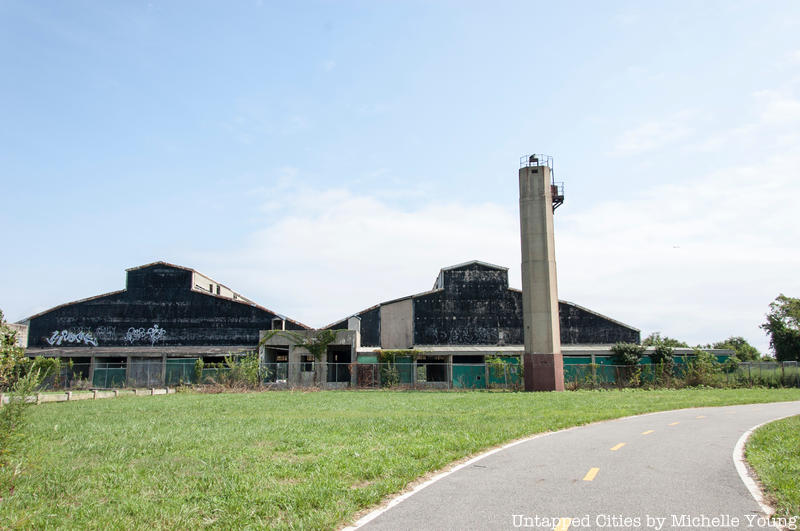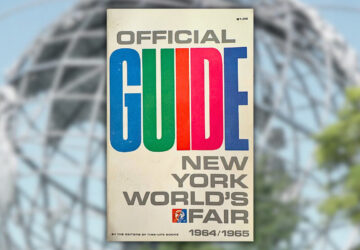9. Miller Airfield

In New Dorp, Staten Island, on the southeastern waterfront of the borough is a decommissioned airfield used for half a century by the U.S. Army from 1919 to 1969. Part of the Gateway National Recreation Area today, Miller Field is one of those remaining anomalies: where formal activities co-exist side by side with quasi-accessible remnants of the past. Bicycle and pedestrian paths wind around abandoned hangars, a lighthouse, and a control tower. You can get tantalizingly close to the forgotten structures, despite a chain link fence. Graffiti work inside clearly shows the ease with which explorers can jump the barriers. Grass and weeds are growing around the hangars, while geese and ducks are bathing undisturbed in the makeshift urban ponds where seaplanes once taxied. On the northern area of the site, people are still living in adorable clapboard homes built for military personnel and their families.
Miller Field has the distinction of being the only Air Coast Defense station in New York City, and on the entire eastern seaboard. There were seven planned defense stations, but this was the only one actually constructed. Before its decommission, Miller Field was the last airport in New York City to have a grass runway. The land also has a very New York City, Gilded Age past. The airfield was built atop the family farm amassed by “Commodore” Cornelius Vanderbilt, who was born on the north shore of Staten Island. The farm, which also served as a horse breeding station, was later operated by his son George Washington Vanderbilt who built the Biltmore estate in Asheville, North Carolina. Washington Vanderbilt moved the 24-room home built by his father, dubbed the “white house” to the center of the farm in the early 1900s and lived there periodically until he died in 1914, according to the National Park Service.





